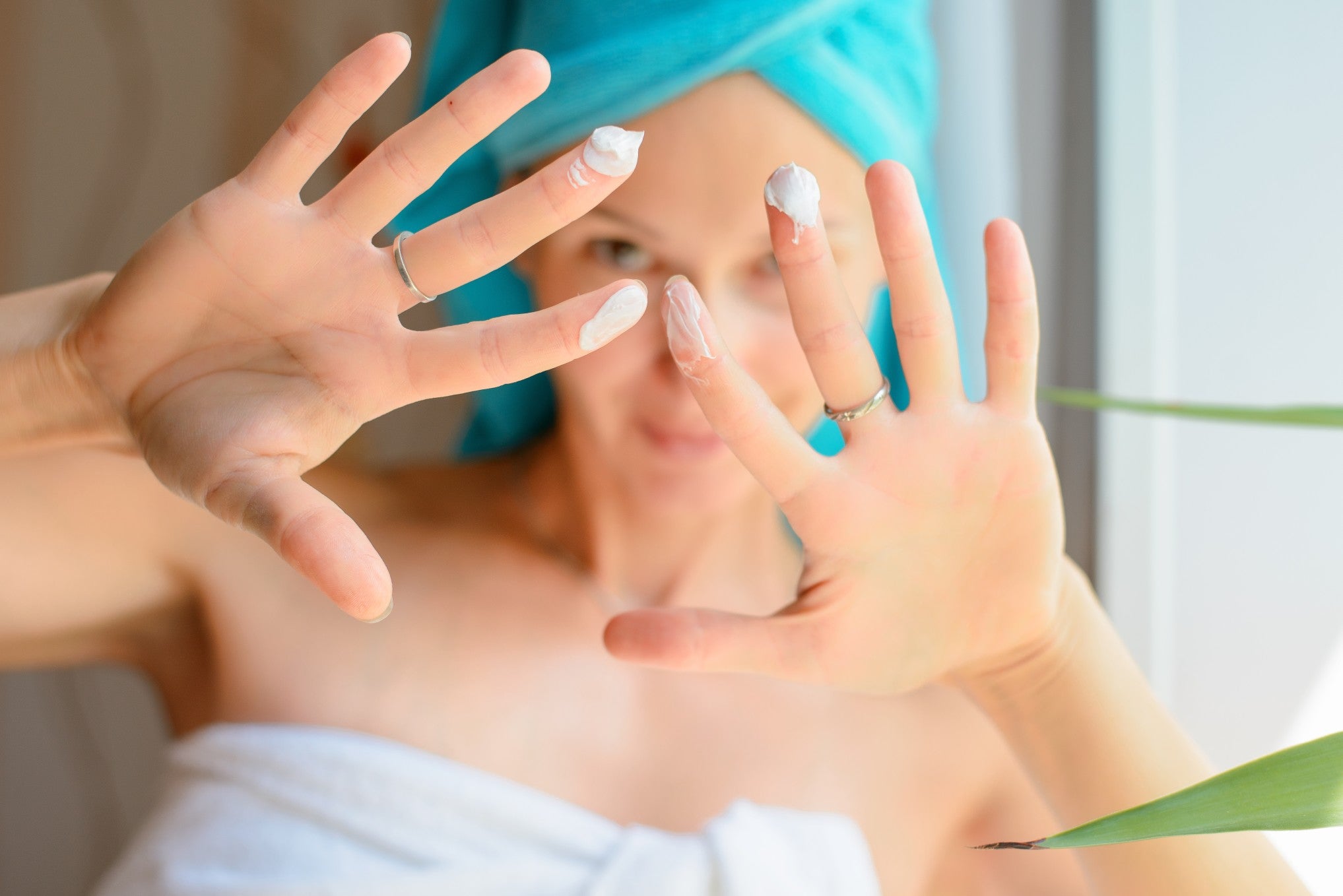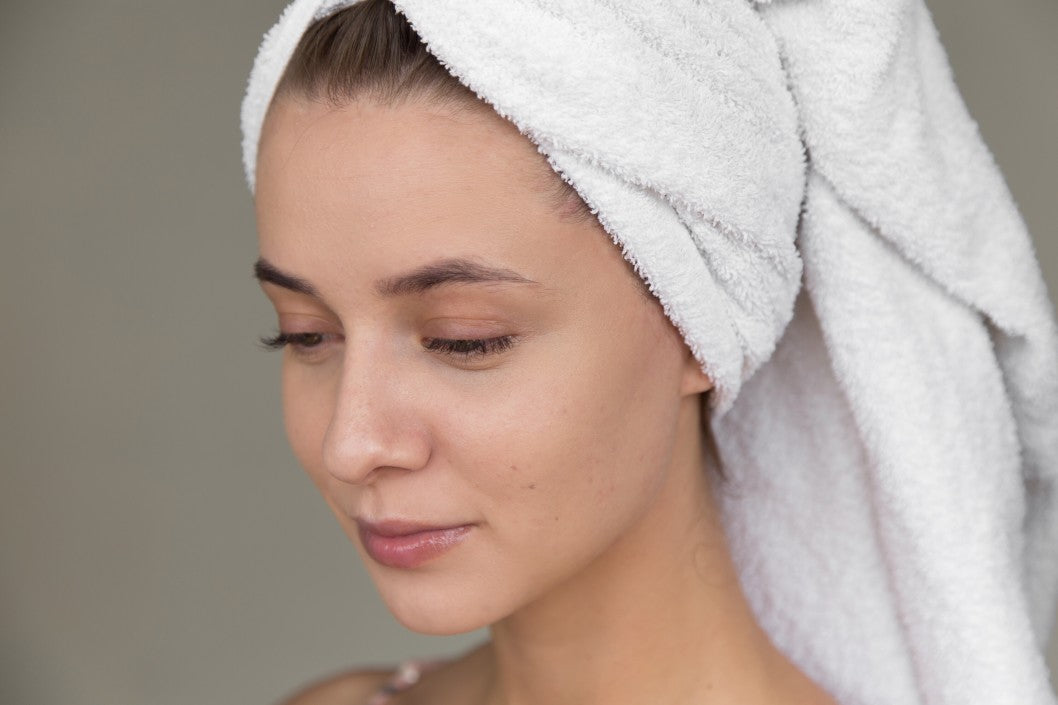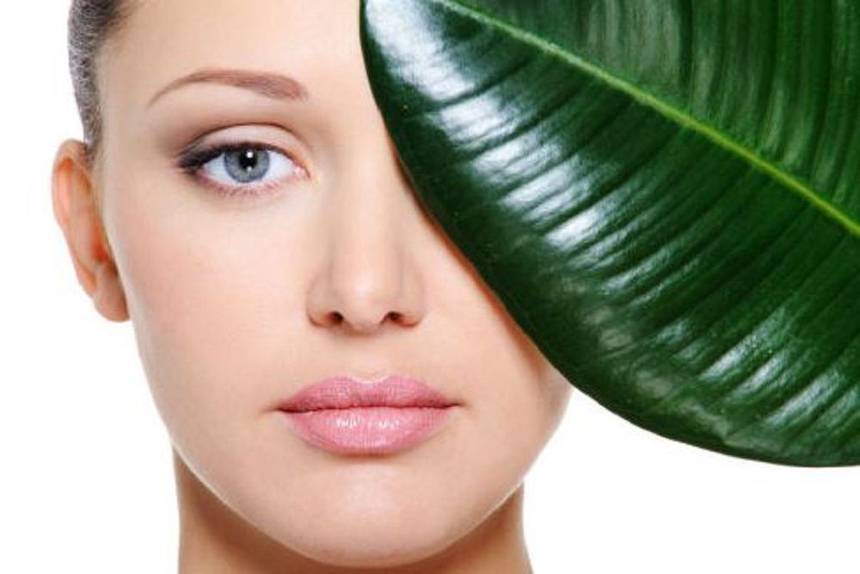
Are you making these common skincare mistakes?
This article isn’t designed to beat you up and make you feel bad. It’s just a quick summary to point out some of the things people commonly get wrong with skincare. Curious? Then keep reading. Maybe one of your daily habits needs to be modified.
Treating spots too early
Everyone gets spots from time to time, but how do you get rid of them quickly? The temptation can be to hit them with a specialised spot treatment as soon as a red lump appears, but that’s the wrong strategy. It can actually harden the outer layer of skin and keep the infection trapped underneath for longer. The best approach is to disguise the spot with makeup until it develops a whitehead. Only then, after cleaning and softening the area with a warmed facecloth, can you use an extractor tool to remove the whitehead. Healing happens quickly once the whitehead has gone.
Washing your face with shower gel or soap
We’ve all done it. In the interests of speed, we use shower gel or soap as a facial cleanser. Your skin feels squeaky clean afterwards, which is not a good thing. The main problem is that soap and shower gels send your skin’s pH in the wrong direction. The optimum pH for human skin is about 5.5, so slightly on the acid side. However cleansing with soap or shower gel moves the pH level to alkaline. When this happens, your skin’s barrier function is disrupted and moisture is lost. This leads to irritation, inflammation and, eventually, premature wrinkles. To avoid grabbing the first thing that comes to hand, keep Okana Apple Juice Foaming Cleanser in the shower cubicle. It’s 100% natural, fragrance free and it won’t upset your skin’s optimum pH.
Taking your best friend’s advice
Much as you love your best friend, she’s not always in the position to give you expert advice about your skincare regime. Everyone’s different. Some skins are naturally oilier, others tend to be sensitive or dry, and some break out in spots with the slightest provocation. When your best friend recommends a product to you, think about why she’s using and whether it will be relevant to your skin type. The exception here is general skincare philosophy. When your best bud recommends you try skincare that’s 100% natural, to avoid problem ingredients like parabens and sodium lauryl sulphate, listen to her!
See: Are you covering yourself with harmful chemicals every day?
Using too much product
Most skincare products are highly concentrated, so it’s easy to use more than you really need. Take moisturiser, for example. If you use too much, you can clog your pores and cause breakouts. Excess moisturiser can also make it hard to apply foundation evenly. If you’re older, your foundation will accumulate in your wrinkles - not a good look! As a guide, eye cream for one eye should be about the size of a sunflower seed; a dose of moisturiser for your whole face should be about the size of an almond. For cleanser, aim for a blob the size of a blueberry.
You’re too tough on your skin
It’s easy to get a little OCDish with skincare. When you over-cleanse, over-exfoliate, over-moisturise and over-feed, your skin can over-react and become sensitive, inflamed, oily and spotty. Treat your skin like it’s a delicate fabric that requires gentle, thoughtful care. Your goal is to keep the pH at an optimum 5.5 and support the proper function of your moisture barrier. Switching to 100% natural skincare, like Okana, is a big step in the right direction.
Thinking SPF is only for summer
Sun damage, aka UV exposure, is your skin’s greatest enemy. It breaks down collagen, leading to sagging and wrinkles. It also causes hyper-pigmentation, i.e. age spots. At its worst, sun damage causes skin cancer. So don’t leave home without your SPF, even in winter. Either add a layer of sunscreen on top of your moisturiser or use a BB cream or foundation with an SPF factor of 30+.
Feeding your cravings, not your skin
The pleasure principle can cause us to eat for fun, rather than good health. If you love foods that you know aren’t huge in the nutrition stakes (brown fried things, white bread, sugary desserts, alcohol…), you can’t expect to have beautiful skin. Sugar will up-regulate IGF-1 (Insulin Growth Factor 1), which is directly connected to acne. Salty and high glycaemic index foods can cause inflammation, which leads to puffiness and loss of skin elasticity. Maybe it’s time to rethink your approach to nutrition.
Forgetting about your neck and décolletage
From a skincare point of view, your face finishes at your cleavage. All the skin from your lowest neckline up to your hairline should feel the benefit of your facial skincare routine. If you’ve been neglecting your neck and décolletage, you run the risk of a face that doesn’t match the skin that’s immediately adjacent to it. A scraggy neck and freckly front can seriously detract from a beautifully clear and wrinkle-free face.




Leave a comment
This site is protected by hCaptcha and the hCaptcha Privacy Policy and Terms of Service apply.